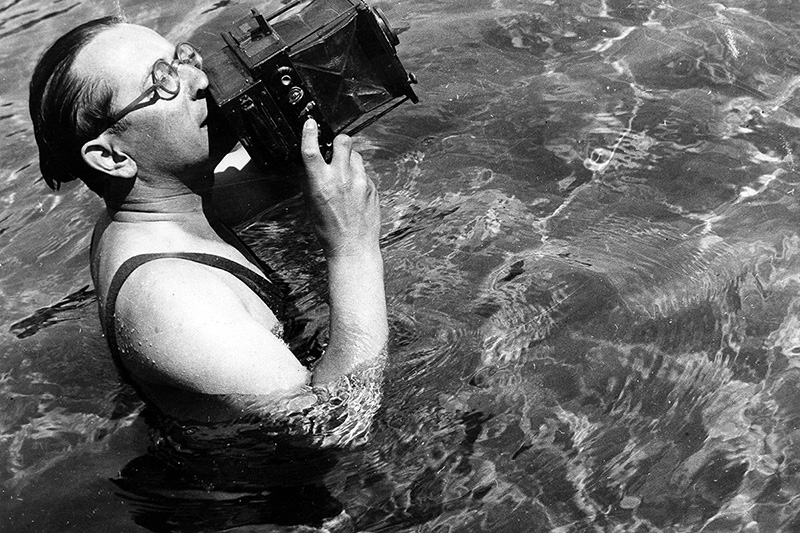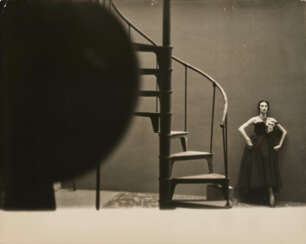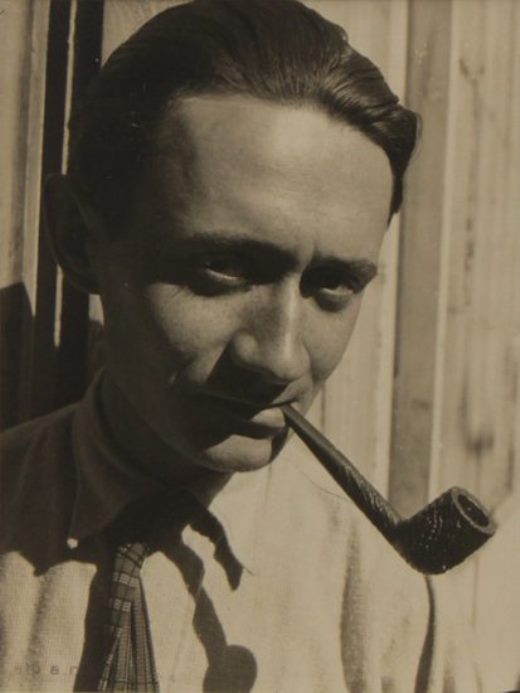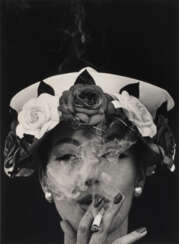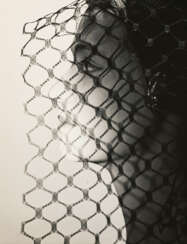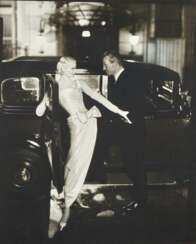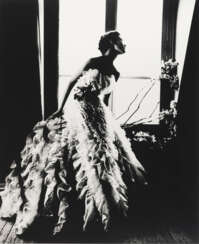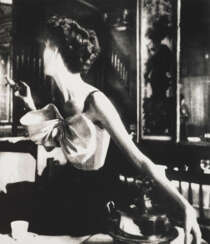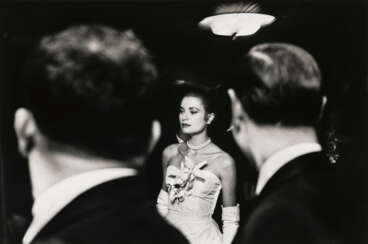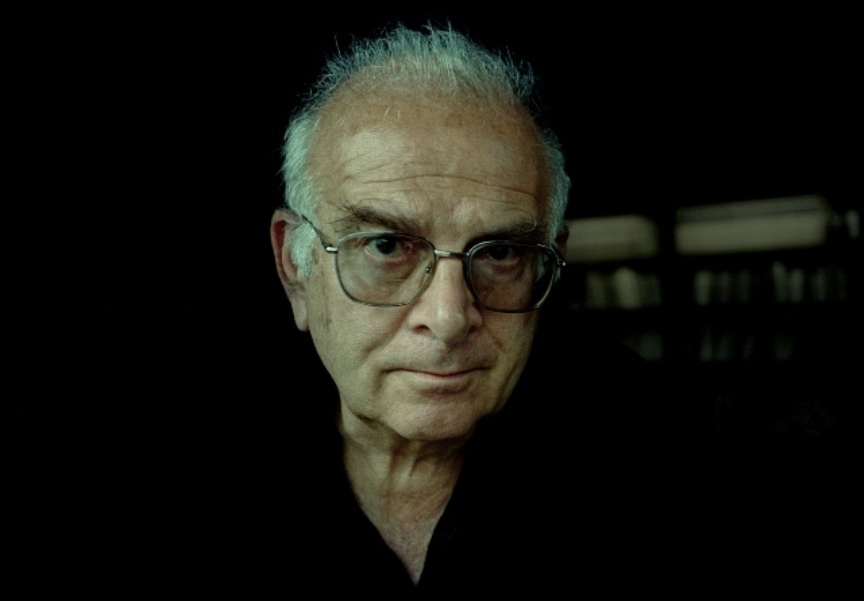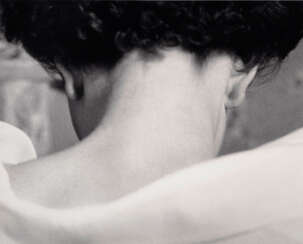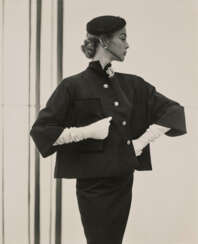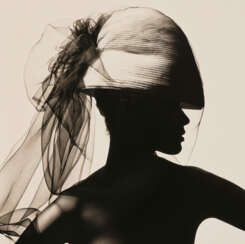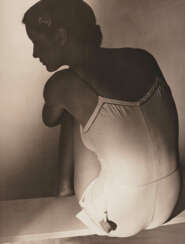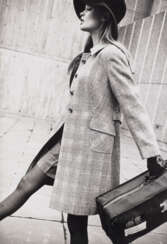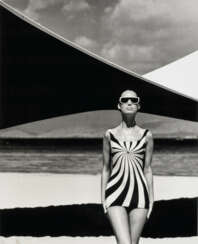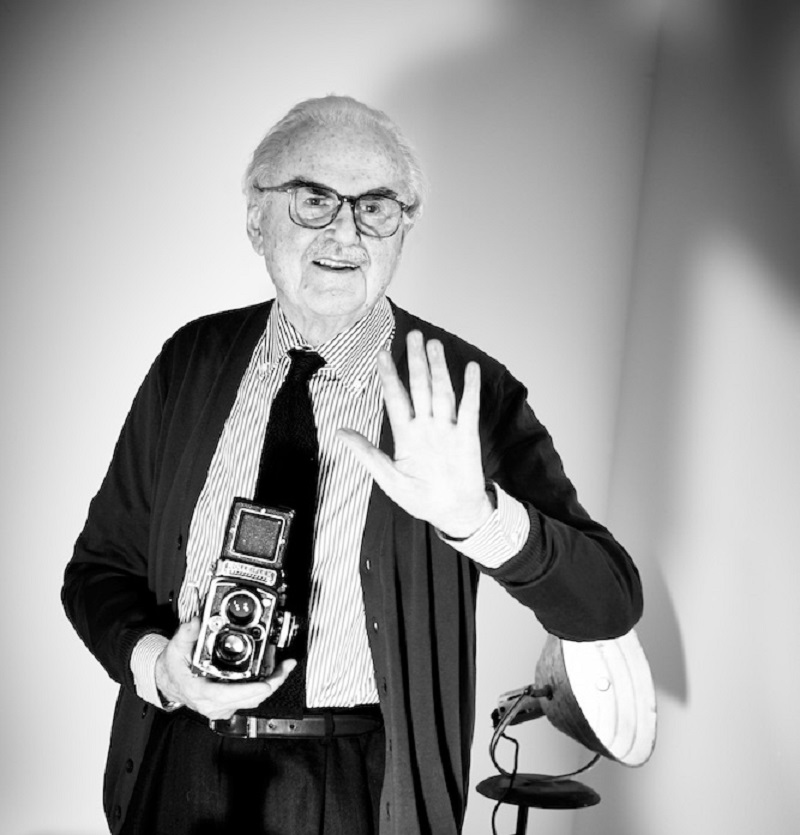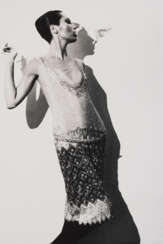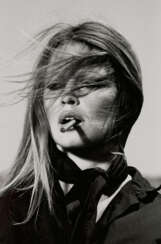
Photographies
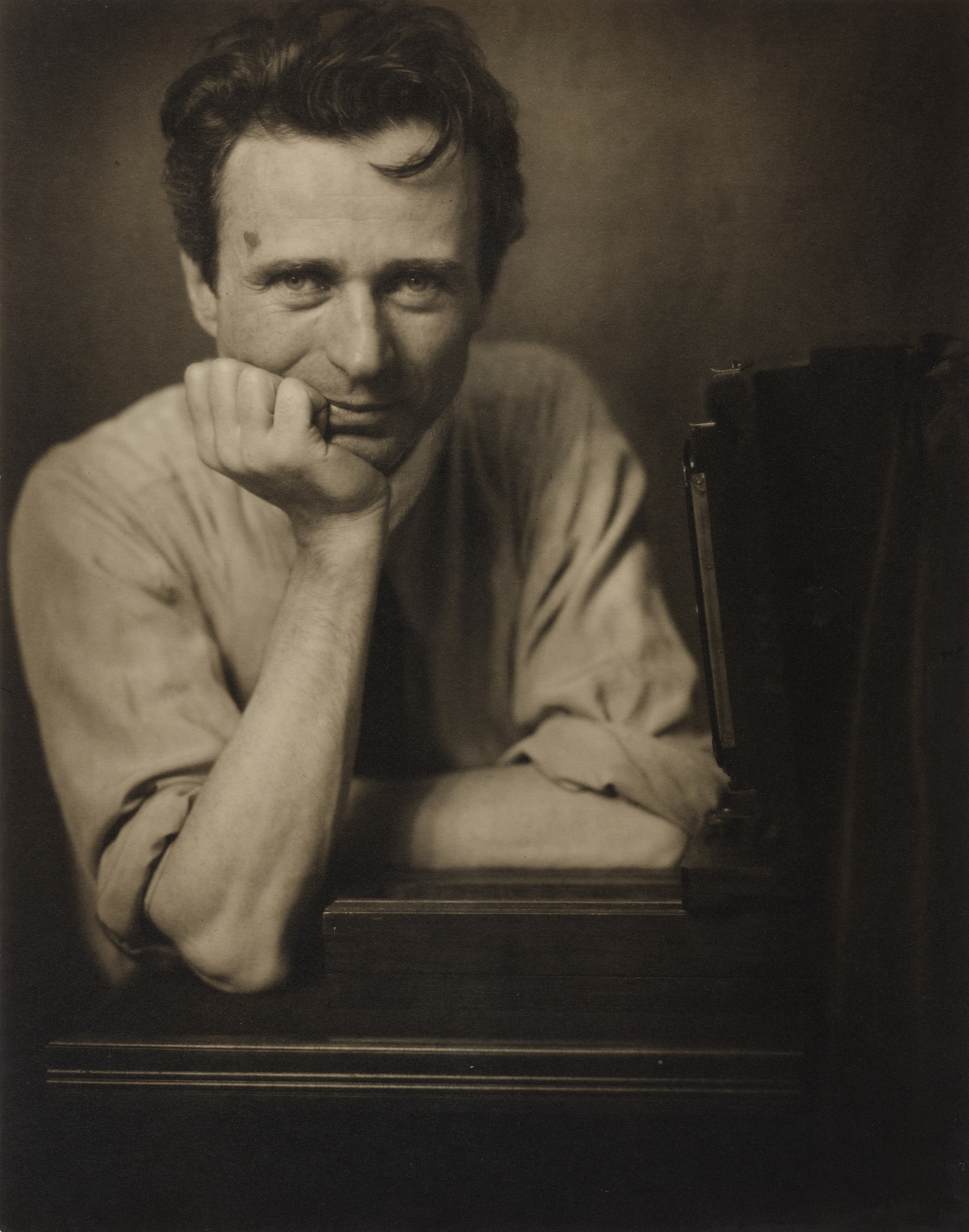
Edward Steichen was a Luxembourgish American photographer, painter, and curator, renowned as one of the most prolific and influential figures in the history of photography.
Steichen was credited with transforming photography into an art form. His photographs appeared in Alfred Stieglitz's groundbreaking magazine Camera Work more often than anyone else during its publication run from 1903 to 1917. Stieglitz hailed him as "the greatest photographer that ever lived".
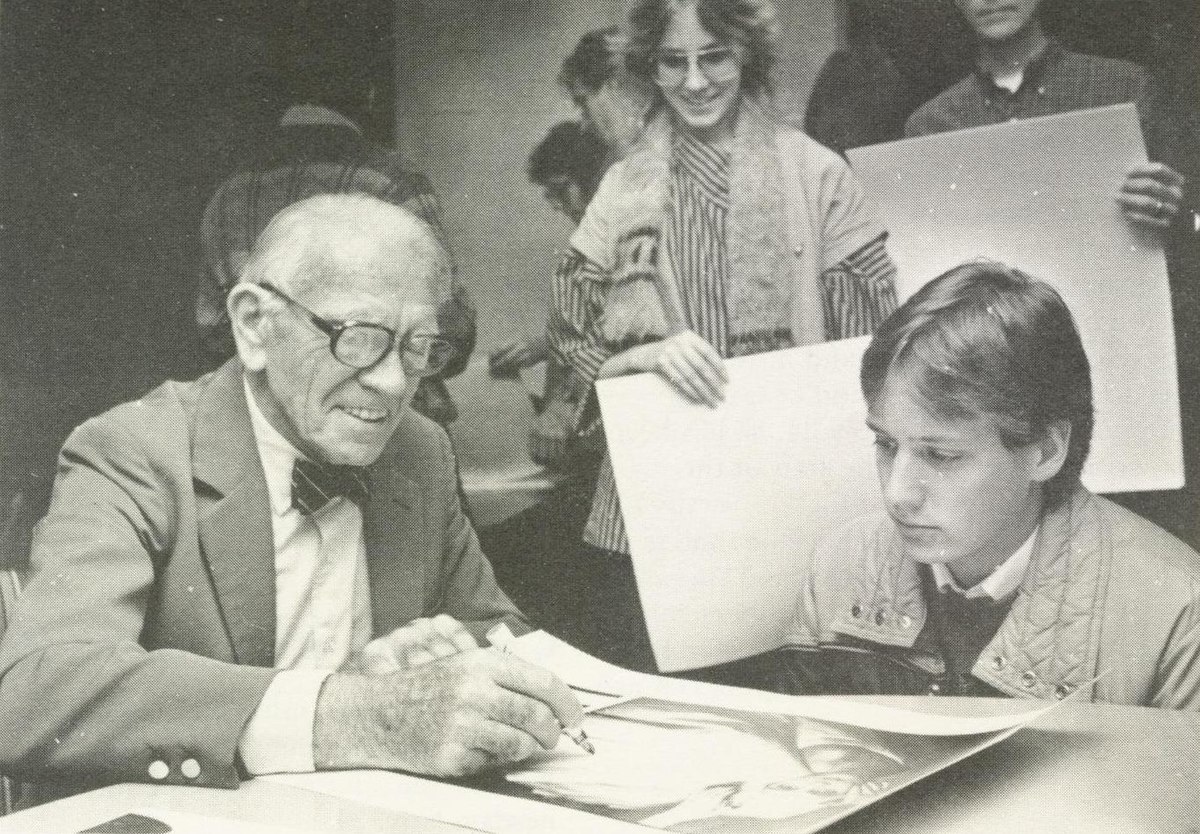
Horst P. Horst, a German-American fashion photographer, is renowned for his significant contributions to the art and fashion industry. Born in 1906, Horst's career spanned several decades, during which he became famous for his distinct style that skillfully blends elements of surrealism, classicism, and avant-garde artistry. His work, characterized by meticulous preparation and an innovative use of lighting, frequently avoided the use of filters and shadows, focusing instead on the subject with an almost architectural precision.
Horst P. Horst's legacy in fashion photography is underscored by his famous portraits, including the iconic 1942 image of Marlene Dietrich, and his exploration of the high society lifestyle through his collaborations with Vogue editor Diana Vreeland. These projects featured portraits of illustrious figures from the realms of royalty, art, fashion, and high society, such as Andy Warhol, Jacqueline Kennedy Onassis, and Yves Saint Laurent, showcasing Horst's ability to navigate the glamorous and intimate worlds of his subjects.
His work extended beyond portraiture to include interior design photography, as seen in his documentation of notable interiors for magazines like House & Garden and Vogue. Horst's photographs often served as a bridge, introducing the public to the works of contemporary artists and designers through his editorial and commercial assignments.
Throughout his career, Horst received critical acclaim, with major retrospectives of his work being held at prestigious venues such as the International Center of Photography in New York, the Louvre in Paris, and the National Gallery in London. These exhibitions highlighted his contributions to fashion, portraiture, and art photography, cementing his status as one of the most influential photographers of the 20th century.
For those interested in the evolution of fashion photography and the intersection of art and culture, Horst P. Horst's work remains a significant point of study and admiration. Collectors and experts in art and antiques are encouraged to explore his extensive portfolio, which continues to inspire and influence the fields of photography and fashion design.
If you wish to stay informed about upcoming sales and auction events related to Horst P. Horst, consider signing up for updates. This subscription will ensure you're at the forefront of the market for his enduring and captivating works.
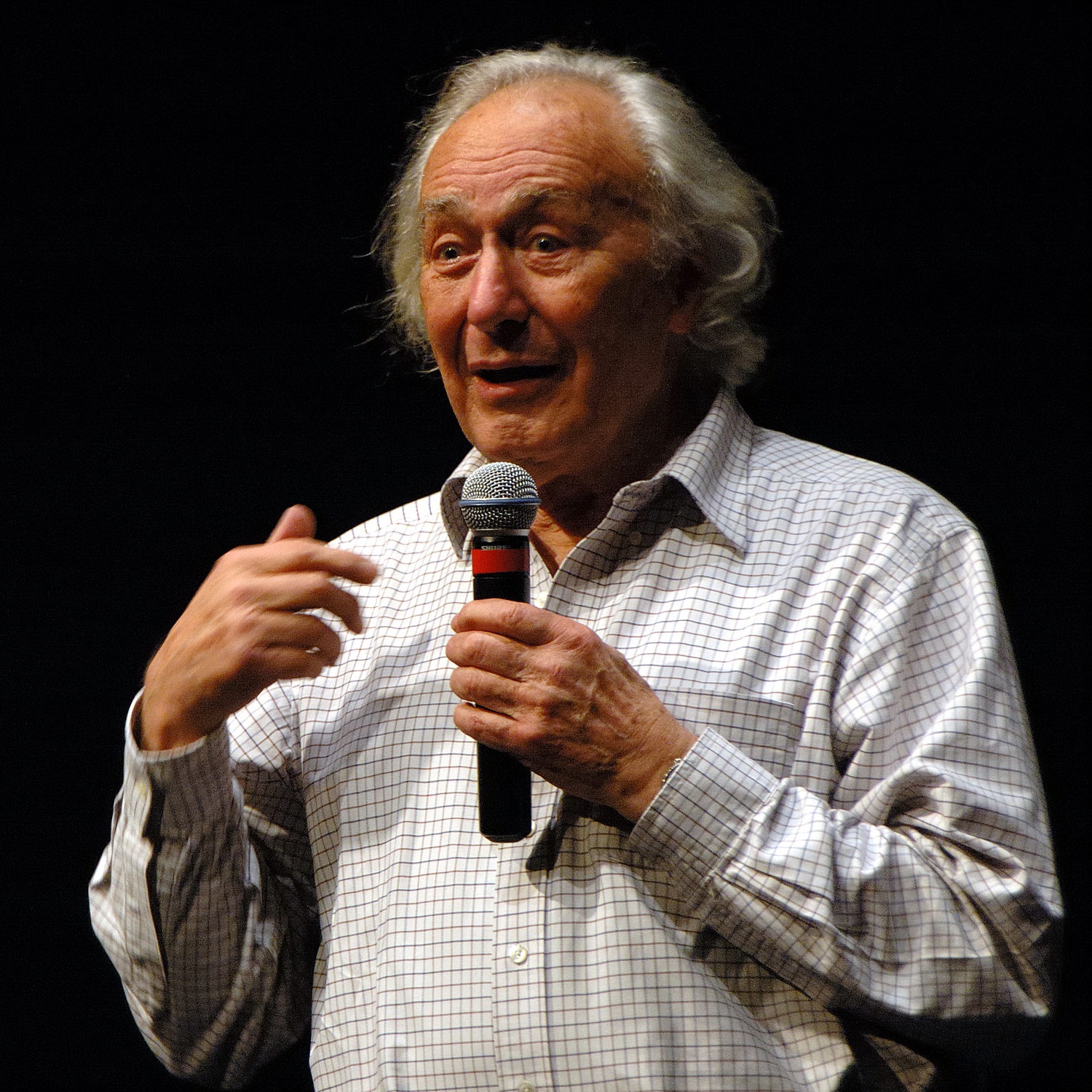
William Klein was an American-born French photographer and filmmaker noted for his ironic approach to both media and his extensive use of unusual photographic techniques in the context of photojournalism and fashion photography. He was ranked 25th on Professional Photographer's list of 100 most influential photographers.
Klein trained as a painter, studying under Fernand Léger, and found early success with exhibitions of his work. He soon moved on to photography and achieved widespread fame as a fashion photographer for Vogue and for his photo essays on various cities. He directed feature-length fiction films, numerous short and feature-length documentaries and produced over 250 television commercials.
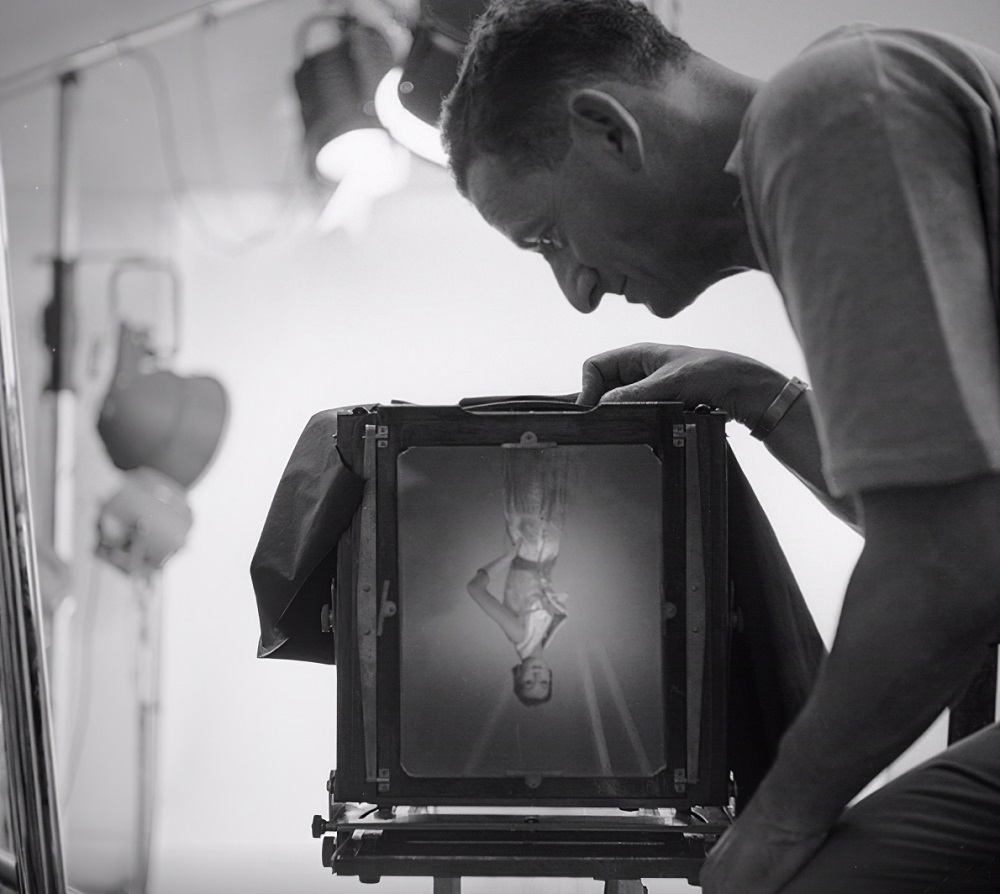
Erwin Blumenfeld was a German-born photographer and artist who is best known for his fashion photography and experimental work in the mid-20th century. He was began his career as an artist, working in painting, drawing, and collage.
In the 1930s, Blumenfeld fled Germany and settled in Paris, where he became a successful fashion photographer. He worked for Vogue and other high-profile magazines, creating iconic images of models and celebrities such as Marilyn Monroe, Elizabeth Taylor, and Grace Kelly.
Blumenfeld was also known for his experimental and avant-garde work, which often involved techniques such as photomontage, solarization, and multiple exposures. He saw photography as a means of artistic expression and used it to explore ideas about identity, beauty, and the nature of reality.
Blumenfeld's legacy as an artist and photographer continues to influence contemporary fashion and art. His innovative techniques and distinctive style continue to inspire new generations of artists, and his work is recognized as a significant contribution to the history of photography.
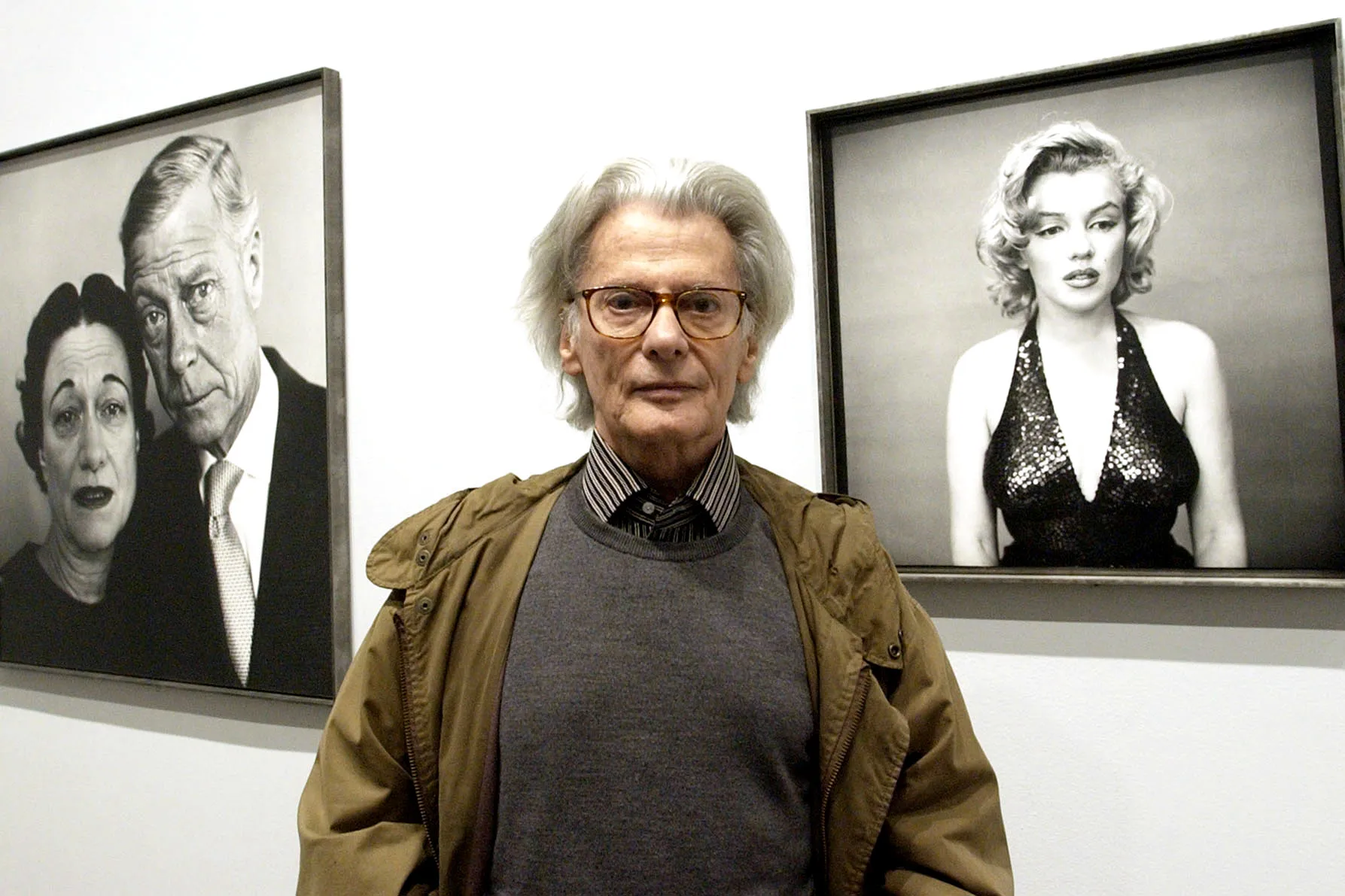
Richard Avedon was an American photographer and artist known for his iconic portraits and fashion photography.
Avedon began his career as a photographer in the late 1940s, working as a freelance photographer for magazines such as Harper's Bazaar and Vogue. He soon became known for his distinctive style, which was characterized by his use of simple, uncluttered backgrounds and his ability to capture the essence of his subjects.
Throughout his career, Avedon photographed some of the most famous people of his time, including Marilyn Monroe, Andy Warhol, and The Beatles. He was also known for his fashion photography, and his work appeared in many fashion magazines, including Harper's Bazaar and Vogue.
Avedon's work was often controversial, as he challenged traditional notions of beauty and fashion. He was known for his willingness to push boundaries, and his work was often seen as a reflection of the social and political issues of his time.
Today, Avedon is regarded as one of the most important photographers of the 20th century, and his work continues to inspire artists and photographers around the world.

Richard Avedon was an American photographer and artist known for his iconic portraits and fashion photography.
Avedon began his career as a photographer in the late 1940s, working as a freelance photographer for magazines such as Harper's Bazaar and Vogue. He soon became known for his distinctive style, which was characterized by his use of simple, uncluttered backgrounds and his ability to capture the essence of his subjects.
Throughout his career, Avedon photographed some of the most famous people of his time, including Marilyn Monroe, Andy Warhol, and The Beatles. He was also known for his fashion photography, and his work appeared in many fashion magazines, including Harper's Bazaar and Vogue.
Avedon's work was often controversial, as he challenged traditional notions of beauty and fashion. He was known for his willingness to push boundaries, and his work was often seen as a reflection of the social and political issues of his time.
Today, Avedon is regarded as one of the most important photographers of the 20th century, and his work continues to inspire artists and photographers around the world.
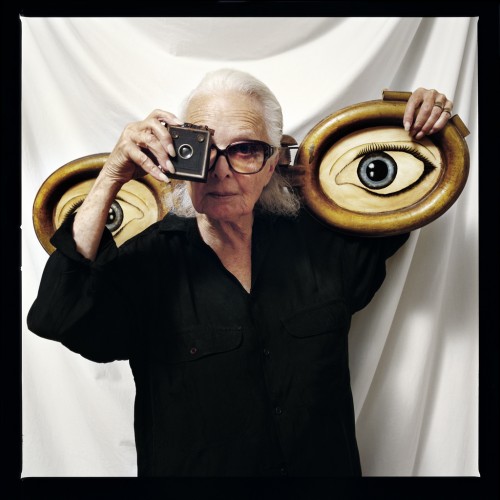
Lillian Bassman was an American photographer and artist.
A magazine art director and fashion photographer, she became famous in the 1940s and '50s for her high-contrast, dreamy portraits of sylph-like models. Bassman's unique graphic style of photography illustrates the feminine mystique and glamour, as well as the boldness of an artist who blurs the lines between fashion photography and fine art. Working as art director for Bazaar magazine in 1945, she helped launch the careers of many of the century's most famous photographers.

Lillian Bassman was an American photographer and artist.
A magazine art director and fashion photographer, she became famous in the 1940s and '50s for her high-contrast, dreamy portraits of sylph-like models. Bassman's unique graphic style of photography illustrates the feminine mystique and glamour, as well as the boldness of an artist who blurs the lines between fashion photography and fine art. Working as art director for Bazaar magazine in 1945, she helped launch the careers of many of the century's most famous photographers.
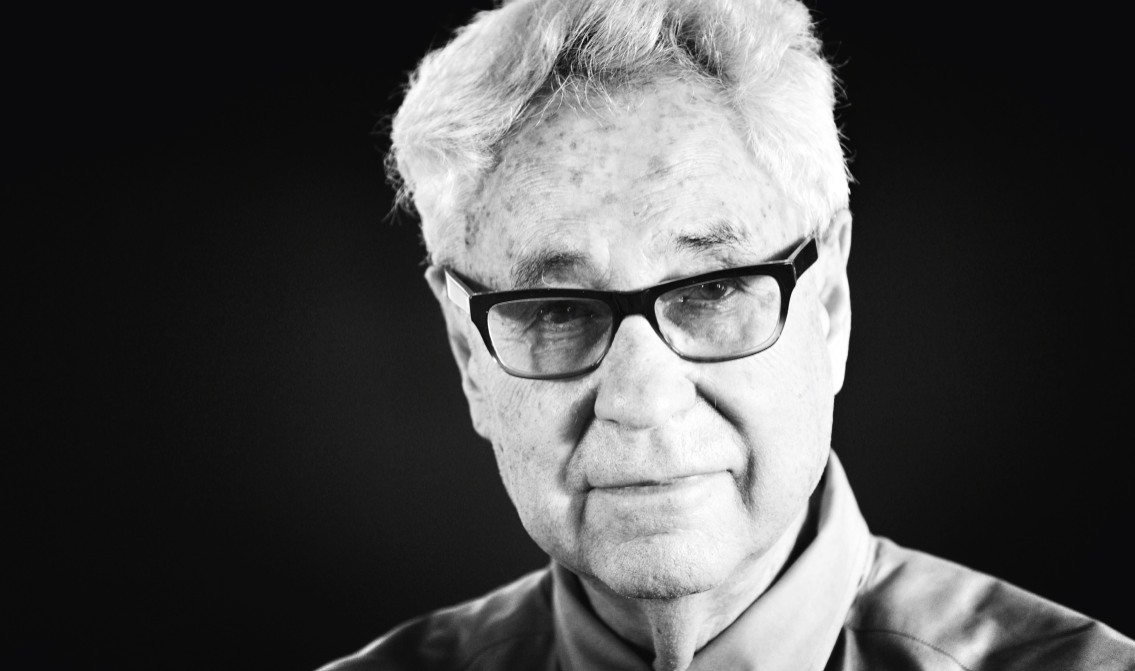
Elliott Erwitt is a French-born American advertising and documentary photographer known for his black and white candid photos of ironic and absurd situations within everyday settings. He has been a member of Magnum Photos since 1953.
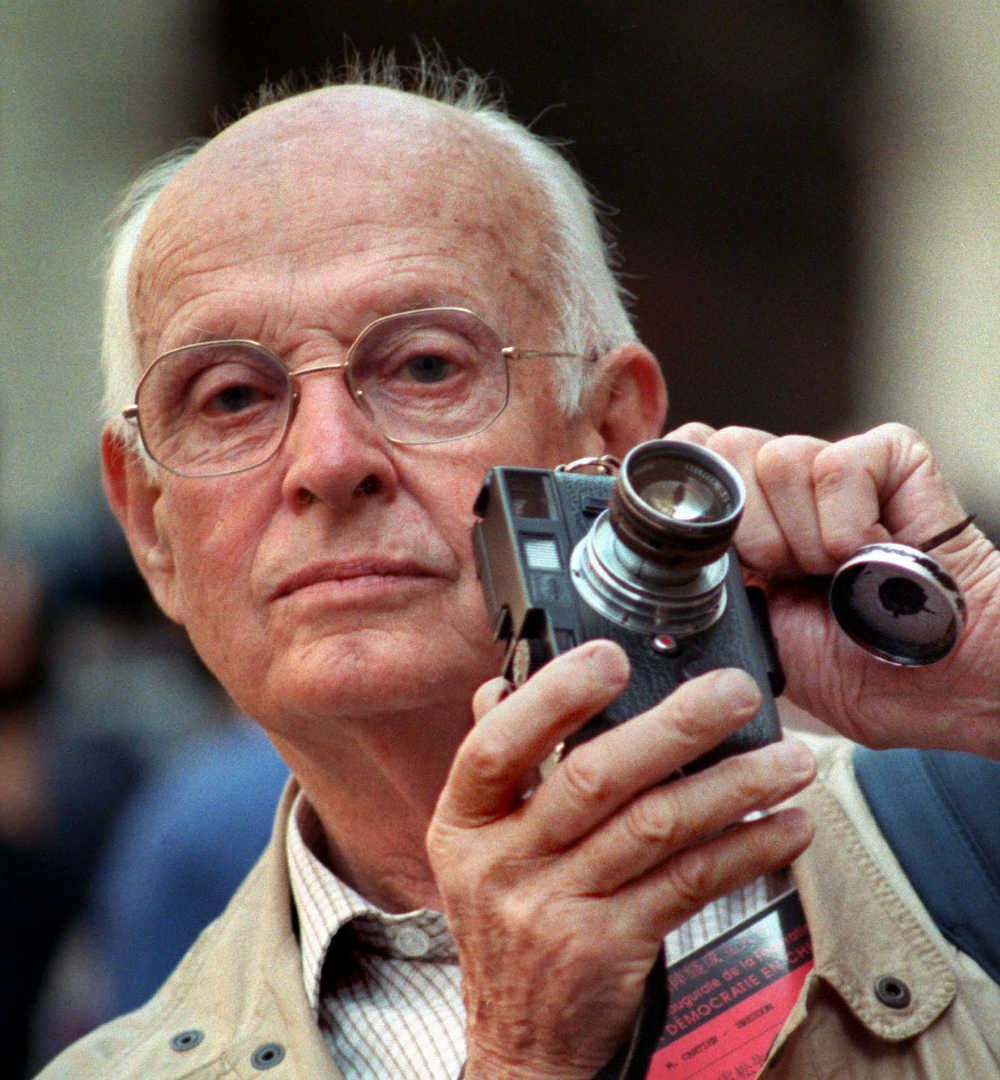
Henri Cartier-Bresson was a French artist renowned for his groundbreaking work in photography, particularly in the realms of photojournalism and street photography. Born on August 22, 1908, in Chanteloup, France, Cartier-Bresson's early artistic endeavors were in painting, which he began studying at the age of five. His transition to photography was marked by his adoption of a 35mm Leica camera in 1931, a tool that became synonymous with his work.
Henri Cartier-Bresson's photography is celebrated for its unique blend of spontaneity and composition, capturing moments that reveal deeper truths about their subjects. His theory of "the decisive moment" – that is, capturing an event that is ephemeral and spontaneous, yet significant – has had a profound influence on the field of photography. His work has been exhibited in prestigious venues such as the Museum of Modern Art in New York and is held in high esteem in art collections worldwide.
In addition to his personal achievements, Henri Cartier-Bresson was a co-founder of Magnum Photos in 1947, a cooperative agency for worldwide photographers that significantly influenced photojournalism. Later in his career, Cartier-Bresson returned to painting and drawing, demonstrating his lifelong commitment to the arts.
For art collectors and experts, Henri Cartier-Bresson's work offers a pivotal exploration of 20th-century photography, blending artistic vision with the unguarded moments of life. His influence extends beyond his images, shaping the way we perceive and engage with visual narratives.
To explore more about Henri Cartier-Bresson's influential career and works, and to stay updated on exhibitions or sales featuring his photography, you might consider subscribing to updates from art institutions or galleries that frequently showcase his work.
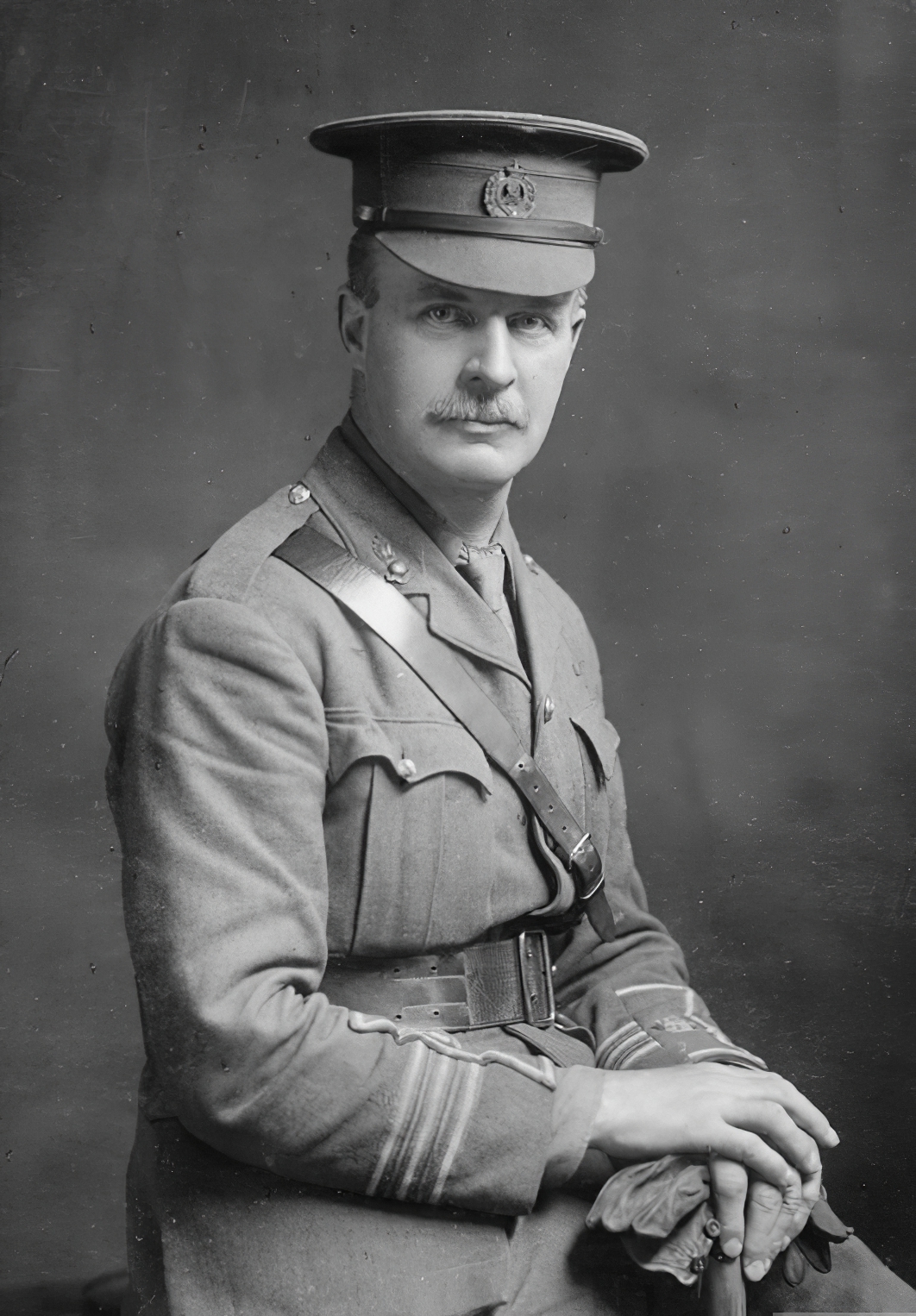
Clifford Coffin, a visionary American fashion photographer, is often remembered as one of Vogue magazine's greatest yet underrecognized talents. His work, particularly between the 1940s and 1950s, redefined the aesthetics of fashion photography, blending elegance with a bold, innovative approach that left a lasting impact on the industry. Coffin's photography for Vogue not only captured the fashion of the time but also the essence and mood, making each piece a timeless work of art. His unique ability to spot and showcase talent, as demonstrated by his discoveries and the iconic figures he photographed, further cemented his status in the fashion world.
Coffin's style was characterized by its artistic flair and meticulous attention to detail, qualities that set his work apart during the golden age of fashion photography. Despite facing personal challenges, including battles with addiction, Coffin's legacy is a testament to his extraordinary talent and contribution to the field of photography. His photographs remain celebrated for their beauty and artistic value, undiminished by time or the personal troubles he endured.
His contributions went beyond mere photography; Coffin was instrumental in shaping the visual narrative of fashion, making bold choices in models, settings, and themes that often pushed the boundaries of the conventional fashion imagery of his time. Despite his significant contributions, much of Coffin's work was lost in a studio fire in the mid-1960s, and he never oversaw a gallery retrospective or published a monograph, which has perhaps contributed to his being less well-known than some of his contemporaries.
Coffin's work did not just live in the pages of magazines; it influenced generations of photographers and designers, encouraging a more adventurous and expressive approach to fashion photography. The legacy of his work continues to inspire, serving as a pivotal reference point for both historical and contemporary fashion photography studies.
For those interested in exploring the depth and breadth of Clifford Coffin's influence in fashion photography, a wealth of his work and contributions can be explored through various archives and exhibitions dedicated to his art. His photographs, characterized by their timeless elegance and groundbreaking creativity, continue to captivate audiences and hold a place of distinction in the history of fashion photography.

Horst P. Horst, a German-American fashion photographer, is renowned for his significant contributions to the art and fashion industry. Born in 1906, Horst's career spanned several decades, during which he became famous for his distinct style that skillfully blends elements of surrealism, classicism, and avant-garde artistry. His work, characterized by meticulous preparation and an innovative use of lighting, frequently avoided the use of filters and shadows, focusing instead on the subject with an almost architectural precision.
Horst P. Horst's legacy in fashion photography is underscored by his famous portraits, including the iconic 1942 image of Marlene Dietrich, and his exploration of the high society lifestyle through his collaborations with Vogue editor Diana Vreeland. These projects featured portraits of illustrious figures from the realms of royalty, art, fashion, and high society, such as Andy Warhol, Jacqueline Kennedy Onassis, and Yves Saint Laurent, showcasing Horst's ability to navigate the glamorous and intimate worlds of his subjects.
His work extended beyond portraiture to include interior design photography, as seen in his documentation of notable interiors for magazines like House & Garden and Vogue. Horst's photographs often served as a bridge, introducing the public to the works of contemporary artists and designers through his editorial and commercial assignments.
Throughout his career, Horst received critical acclaim, with major retrospectives of his work being held at prestigious venues such as the International Center of Photography in New York, the Louvre in Paris, and the National Gallery in London. These exhibitions highlighted his contributions to fashion, portraiture, and art photography, cementing his status as one of the most influential photographers of the 20th century.
For those interested in the evolution of fashion photography and the intersection of art and culture, Horst P. Horst's work remains a significant point of study and admiration. Collectors and experts in art and antiques are encouraged to explore his extensive portfolio, which continues to inspire and influence the fields of photography and fashion design.
If you wish to stay informed about upcoming sales and auction events related to Horst P. Horst, consider signing up for updates. This subscription will ensure you're at the forefront of the market for his enduring and captivating works.

William Klein was an American-born French photographer and filmmaker noted for his ironic approach to both media and his extensive use of unusual photographic techniques in the context of photojournalism and fashion photography. He was ranked 25th on Professional Photographer's list of 100 most influential photographers.
Klein trained as a painter, studying under Fernand Léger, and found early success with exhibitions of his work. He soon moved on to photography and achieved widespread fame as a fashion photographer for Vogue and for his photo essays on various cities. He directed feature-length fiction films, numerous short and feature-length documentaries and produced over 250 television commercials.
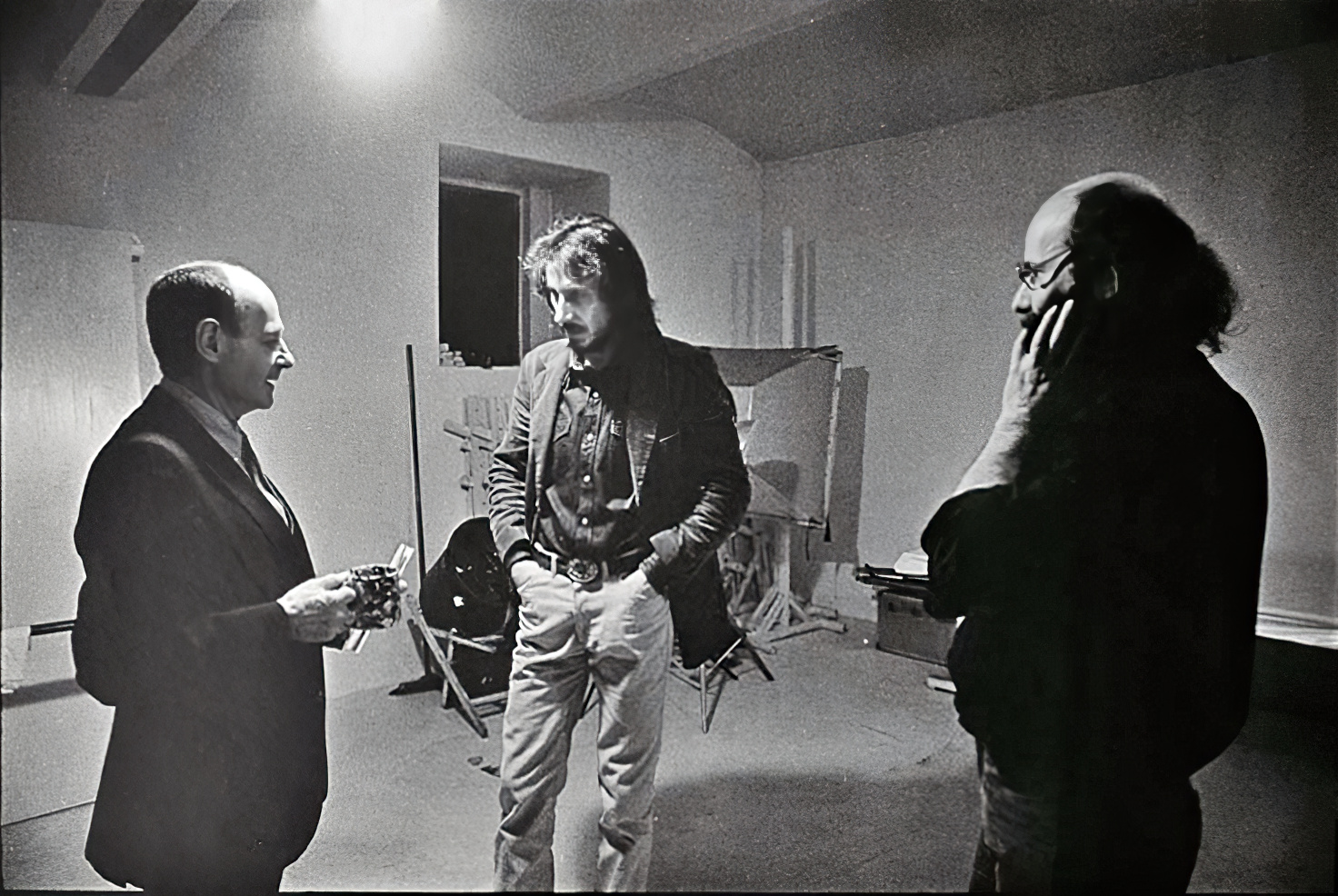
Irving Penn was an American photographer celebrated for his influential work in fashion photography, portraits, and still lifes. Penn's journey into photography began with a background in painting and design, studying at the Philadelphia Museum School of Industrial Art. He moved to New York and initially worked in design and illustration, which paved the way for his transition into photography. Notably, Penn's work at Vogue magazine for over six decades helped define the visual style of mid-20th-century fashion photography.
Irving Penn's mastery extended beyond the camera to the darkroom, where he experimented with various printing techniques, including the platinum-palladium process, which contributed to the depth and subtlety of his prints. His works, such as the "Cigarette" series and his still life compositions, are renowned for their minimalistic elegance and meticulous detail. Irving Penn's artistry was not confined to one genre; his "Earthly Bodies" nudes series and street material collection demonstrated his versatility and depth as an artist.
His contributions to photography are preserved and celebrated in numerous exhibitions and collections worldwide, including major museums like The Metropolitan Museum of Art, The Museum of Modern Art, and The Art Institute of Chicago. Irving Penn's legacy as a pioneering figure in photography continues to inspire artists and photographers today.
If you're a collector or an expert in art and antiques, staying updated on Irving Penn's works can be invaluable. To receive updates on new product sales and auction events related to Irving Penn, consider signing up for our newsletter. This way, you won't miss out on the opportunity to own a piece of photographic history.
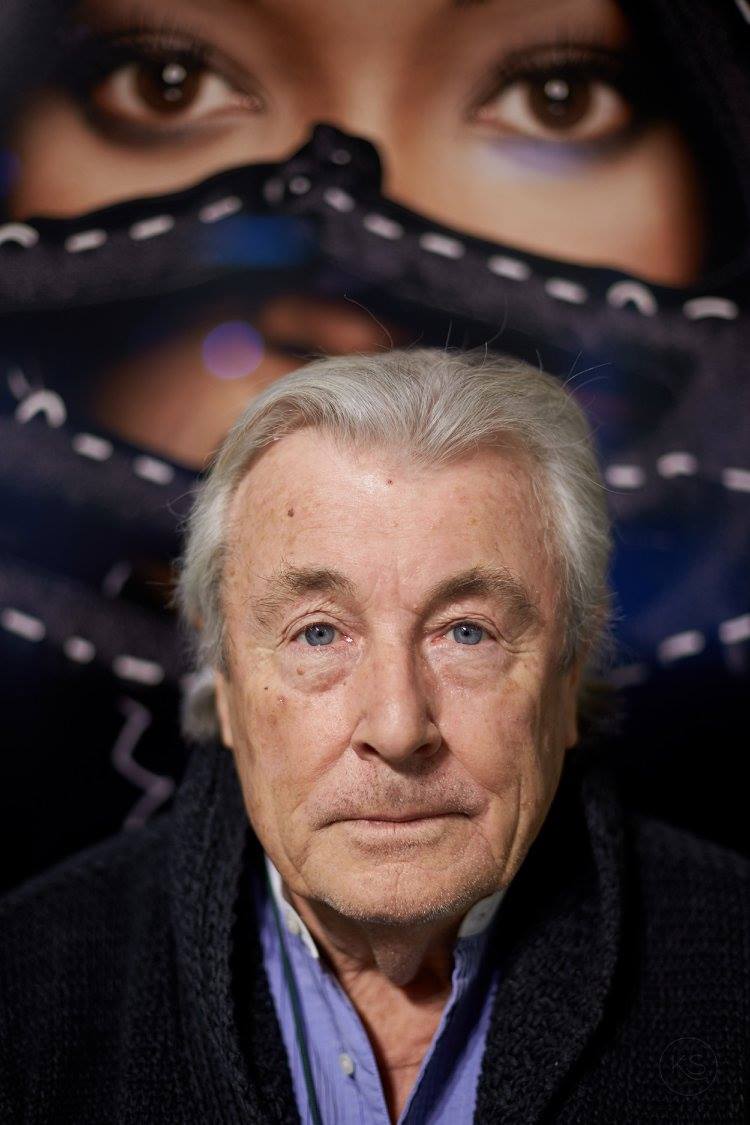
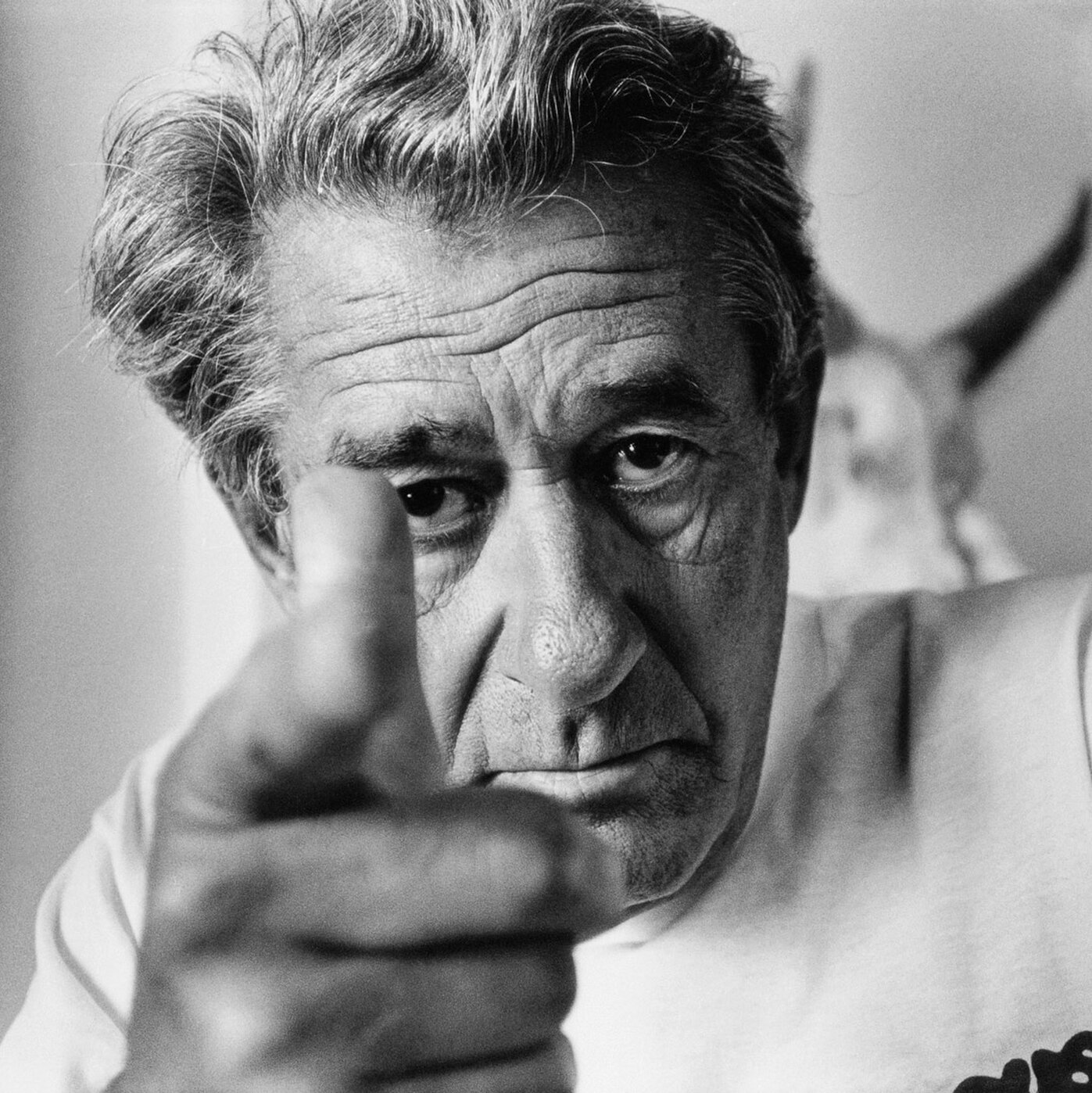
Helmut Newton (born Helmut Neustädter) was a German-Australian photographer. The New York Times described him as a "prolific, widely imitated fashion photographer whose provocative, erotically charged black-and-white photos were a mainstay of Vogue and other publications."

Horst P. Horst, a German-American fashion photographer, is renowned for his significant contributions to the art and fashion industry. Born in 1906, Horst's career spanned several decades, during which he became famous for his distinct style that skillfully blends elements of surrealism, classicism, and avant-garde artistry. His work, characterized by meticulous preparation and an innovative use of lighting, frequently avoided the use of filters and shadows, focusing instead on the subject with an almost architectural precision.
Horst P. Horst's legacy in fashion photography is underscored by his famous portraits, including the iconic 1942 image of Marlene Dietrich, and his exploration of the high society lifestyle through his collaborations with Vogue editor Diana Vreeland. These projects featured portraits of illustrious figures from the realms of royalty, art, fashion, and high society, such as Andy Warhol, Jacqueline Kennedy Onassis, and Yves Saint Laurent, showcasing Horst's ability to navigate the glamorous and intimate worlds of his subjects.
His work extended beyond portraiture to include interior design photography, as seen in his documentation of notable interiors for magazines like House & Garden and Vogue. Horst's photographs often served as a bridge, introducing the public to the works of contemporary artists and designers through his editorial and commercial assignments.
Throughout his career, Horst received critical acclaim, with major retrospectives of his work being held at prestigious venues such as the International Center of Photography in New York, the Louvre in Paris, and the National Gallery in London. These exhibitions highlighted his contributions to fashion, portraiture, and art photography, cementing his status as one of the most influential photographers of the 20th century.
For those interested in the evolution of fashion photography and the intersection of art and culture, Horst P. Horst's work remains a significant point of study and admiration. Collectors and experts in art and antiques are encouraged to explore his extensive portfolio, which continues to inspire and influence the fields of photography and fashion design.
If you wish to stay informed about upcoming sales and auction events related to Horst P. Horst, consider signing up for updates. This subscription will ensure you're at the forefront of the market for his enduring and captivating works.
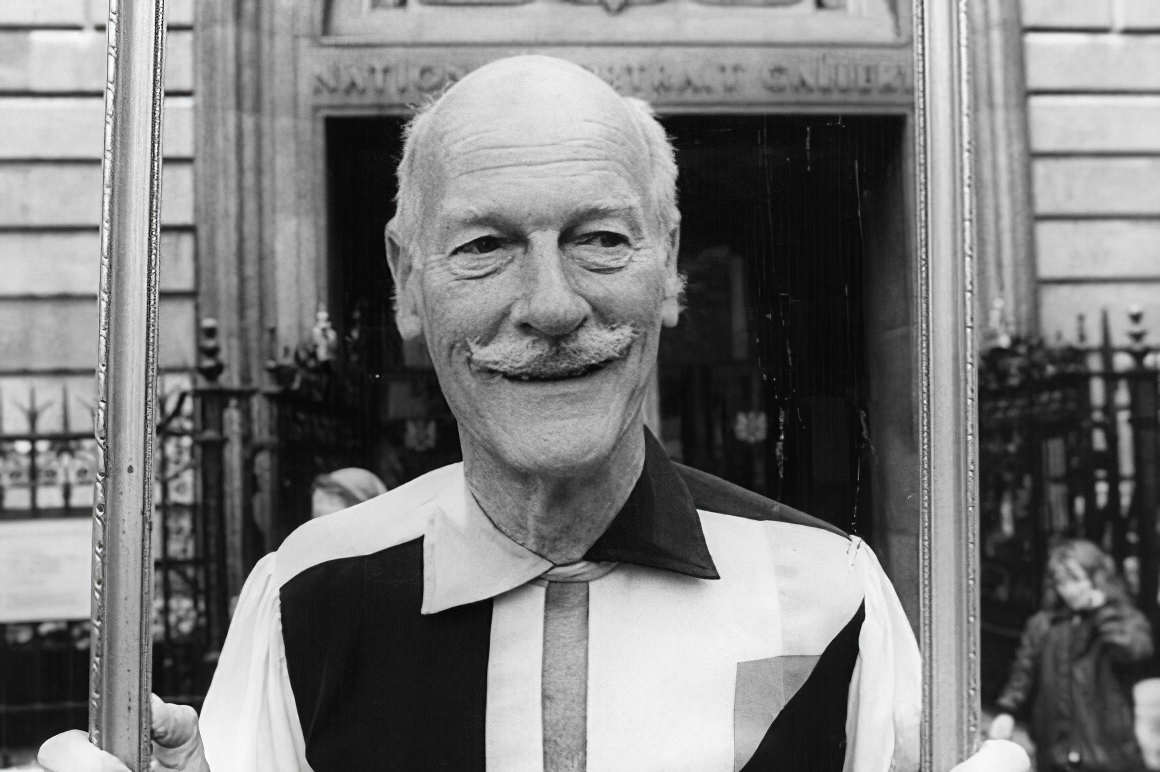
Norman Parkinson was a renowned British photographer who is considered one of the most influential fashion photographers of the 20th century. Parkinson began his career in the 1930s and continued to work until his death.
Throughout his career, Parkinson worked for numerous fashion magazines, including Vogue, Harper's Bazaar, and Queen. He was known for his use of vibrant colors and his ability to capture his subjects in dynamic poses and interesting settings. Parkinson's photographs often had a sense of humor and playfulness, and he was known for his ability to put his models at ease, resulting in natural and spontaneous photographs.
Parkinson's work has been exhibited in galleries and museums around the world, and he has been the subject of numerous books and documentaries. He received numerous awards throughout his career, including the Royal Photographic Society's Centenary Medal in 1985.
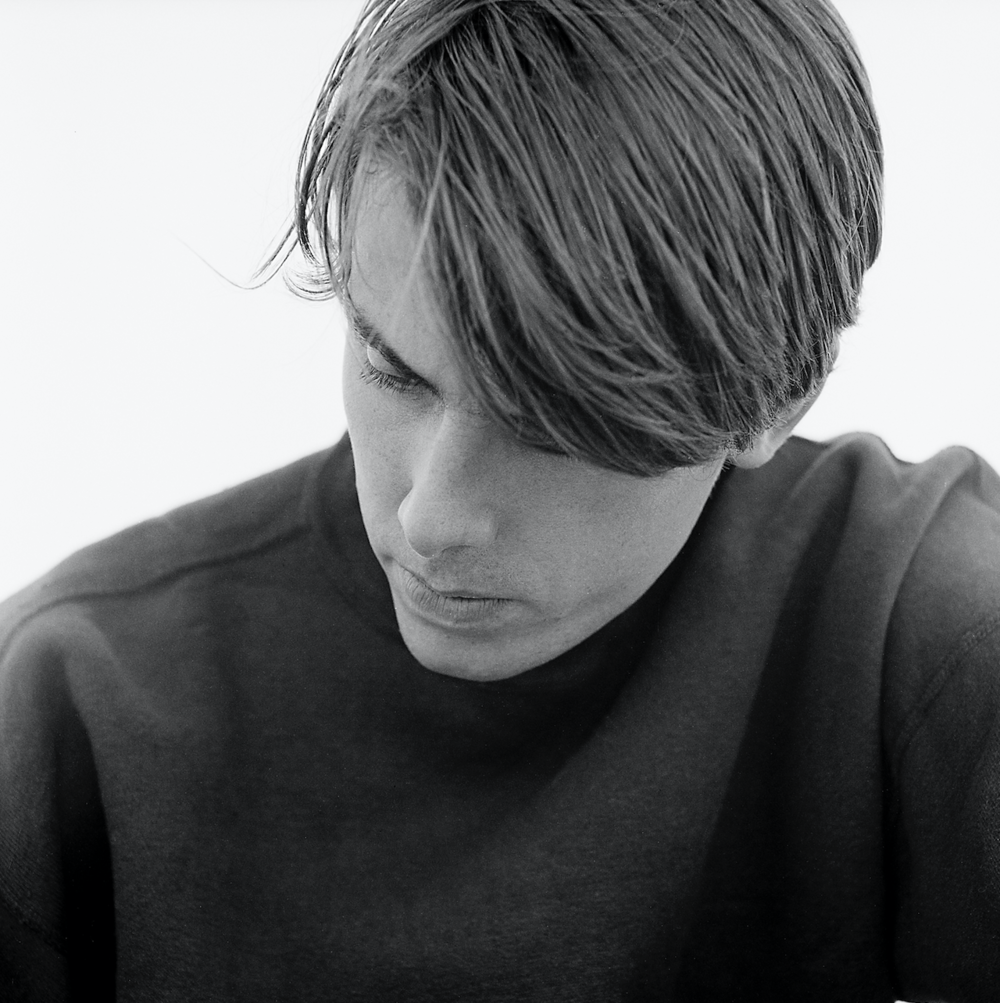
Chris von Wangenheim is a German fashion photographer and one of the most avant-garde image-makers of the 20th century.
In his relatively short career (1968 to 1981) Chris von Wangenheim created legendary images for all the leading fashion publications of the 70's including Vogue, Harper's Bazaar and Interview. He also created unforgettable ad campaigns for Valentino, Dior, Calvin Klein and Revlon.
At the height of his success, Chris died in a car accident in 1981 at the age of 39, leaving behind a tremendous legacy.







